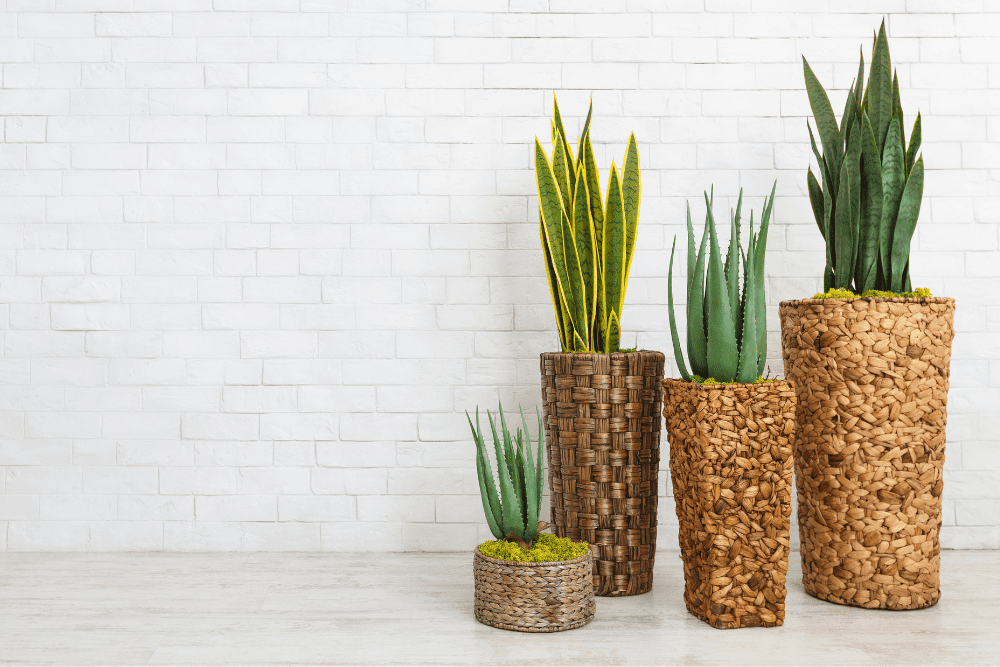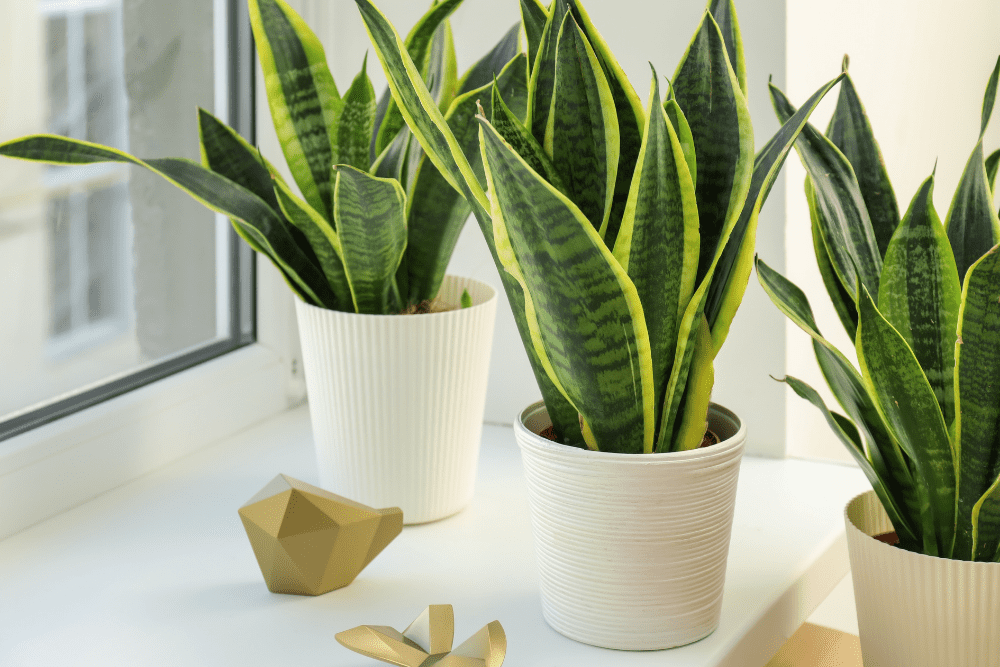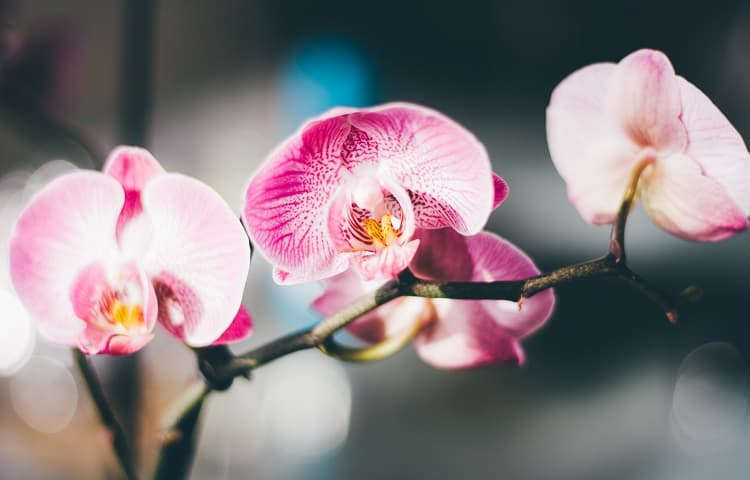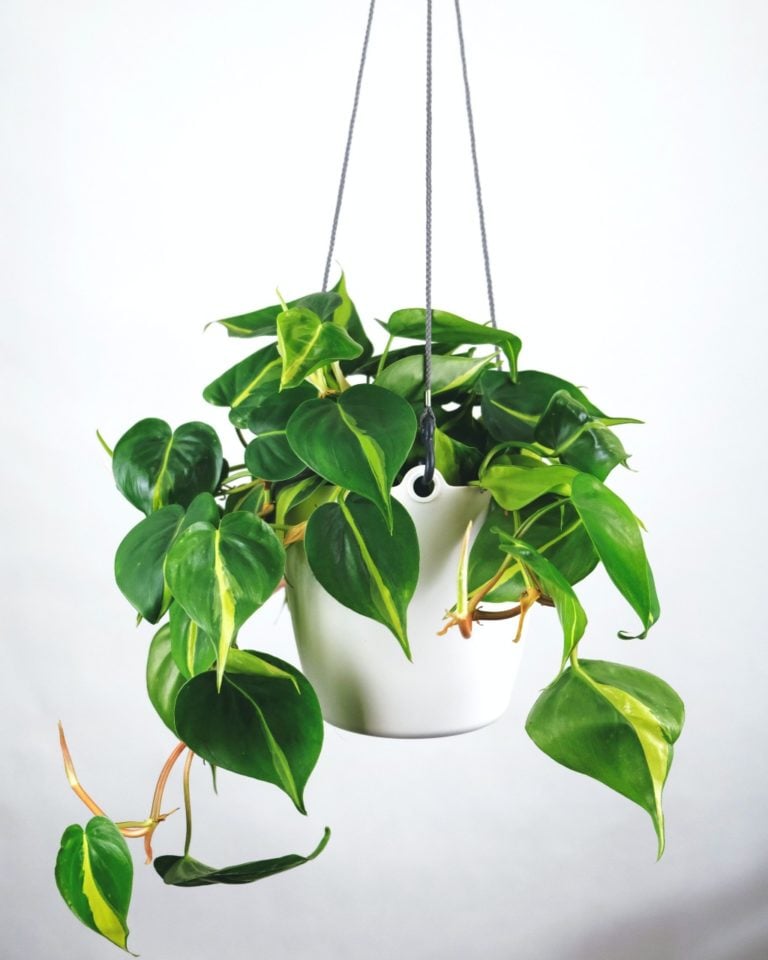Overwatered Snake Plant – 5 Signs & How to Save Sansevieria
Despite how Sansevieria/ Snake plants are hardy, green plants, they do have one sensitivity. They are rather sensitive to soil moisture issues. An overwatered snake plant can have signs similar to root rot and other issues.

So, let us take the time to understand these specific signs and how you can save a snake plant that has been overwatered.
An overwatered snake plant will usually show signs of this, including symptoms such as; drooping, yellowing leaves, and leaves falling over easily.
You should remove the plant from its pot, cut off any rooting roots, and repot with a fresh mix to save the plant. Always place the plant where there is bright and indirect sunlight.
These plants are prone to overwatering, which often ends up causing undesirable signs that will start to appear on leaves.
Today, we will talk you through how you can tell if your plant is overwatered, how to prevent this from happening and what you can do to save your plant from dying.
Table of Contents
What Are The Signs Of Overwatering In A Snake Plant?
You can easily tell if a snake plant is overwatered and waterlogged by looking at its leaves. When a plant is overwatered, the leaves of the snake plant will become heavy, limp, and squishy.
They may also fall over, too. You can do a test for wetness by pushing your index finger through the soil to check for any excess water.
Let’s look at the signs of an overwatered snake plant.
#1. Soft, Mushy, Or Squishy Leaves
When your snake plant leaves take in too much water, there is a lot of damage done to the leaves’ cell structure. They will eventually burst due to an excessive water intake. Their leaves will become too soft, and then become mushy and squishy if the plant is overwatered.
A healthy snake plant should have rigid green leaves that stand upright from the base of the plant. Leaves function as water storage surfaces by holding in water that the plant has absorbed from the soil, and is kept within the inner surface of the leaf.
#2. Root Rot Or Smelly Soil
If you are a plant lover, you will probably hear the phrase root rot, and you will recoil. For those that do not know what this is, root rot is a dangerous condition in plants caused by fungal and bacterial infestation on the roots of your plant.
One of the most common causes of root rot is overwatering, where the soil remains in a damp state over extended periods of time with no time to dry out properly.
Wet soils provide the perfect breeding ground for fungus, bacteria, and also worms, which will destroy the roots of the plant. This will cause them to wilt and eventually dry out.
It is not too hard to tell if your plant is suffering from root rot, all you need to do is smell the soil. Place a small piece of the earth close to your nose and give it a sniff. If the soil smells bad, then this is a sign of the fungi that results from dampness.
This bad smell is a sign that you need to check out the roots for any further signs of soot rot.
A healthy snake plant should have crusty white roots, and if you notice any sections of the roots that are turning brown or black, it could mean that your poor plant is suffering with root rot.
It is therefore best that you remove the affected roots, wash the plant with water and transplant it to a new pot to save the plant from death.
#3. Droopy Leaves
Another clear indicator that there is an issue with your snake plant would be drooping leaves. Although under watering and nutrient deficiency can also cause leaves to droop, overwatering is the most common cause of this.
If your snake plant’s leaves are starting to droop, then you need to check the soil.
Wet soil would indicate that you have been watering your plant too much, and this is likely the cause of your plant leaves drooping.
On the other hand, if the soil is dry, then you can evaluate other factors such as temperature, the pot it is in, stress, or under watering.
Remember that drooping snake plant leaves can also indicate that the plant is suffering from root rot, and so you may want to check the root zone and treat root rot to save the plant if you see any signs that root rot is present.
#4. Falling Over
We do not mean that you should worry if one leaf falls over, as it is normal for one or two snake plant leaves to fall over.
However, if you start to notice that there are numerous leaves on your plant falling over in a short timeframe, then this could be a sign that your snake plant is overwatered.
As snake plants store their water in their leaves, an excess water intake can cause stress on the base of the leaves, which causes them to lean and fall over.
#5. Yellowing Leaves
If you find that the leaves are turning yellow, this is another indicator that you are in trouble. A healthy snake plant’s leaves should be green, with variations in the different species and varieties of this plant.
Yellowing sansevieria leaves is a telltale sign of sickness, which can be caused by overwatering, as well as environmental stress, inadequate sunlight and too much fertilizer.
If the plant is overwatered, the leaves will yellow because waterlogged roots are suffocating the plant and the leaves are unable to absorb the nutrients, water, and oxygen needed to keep the plant healthy.
Prolonged water-stress can also cause brown spots and tips on the leaves of snake plants.
Can You Recover An Overwatered Snake Plant?
It is totally possible that you can recover your snake plant from overwatering if you treat it and save it early enough.
When it is left to sit in waterlogged soil for too long, the plant can develop severe root rot, which is a fungal disease that will take the life of your plant.
Start saving by plant by stopping the watering first, and then moving it to a sunny space to assist it in drying out.
It is also important to remember that excess light can cause additional problems to your plant, so when you do this, opt for low to medium light intensity in your location. Try placing it close to a window and allow the excess water to dry off.
Don’t worry, though, we will now go into more detail on how you can easily save your plant.
Saving An Overwatered Snake Plant
Saving an overwatered snake plant is simple. Simply start by reducing the amount of water that the plant receives per week, and stop watering it until the soil dries out completely.
One of the main consequences of overwatering includes leaching and root rot.
So, how can you save your plant from these things? Let’s give you a step-by-step guide to saving your gorgeous snake plant.

Step 1. Move It To A Sunny Area
As the leaves are drooping due to excess water, you will want to place the plant in a sunny spot (but not too sunny) to help it lose as much moisture as you can.
Do not leave the plant in excess sunlight for too long, though, as this can worsen the stress that the plant is experiencing.
Step 2. Remove It From Its Pot
Now, you will need to gently tap the sides of the pot to loosen up the soil and make it easier to remove the plant from its pot. Once the soil is loose enough, gently pull it out from its pot, so you can have a good look at those roots.
Step 3. Treat Any Root Rot
Now that your plant is out of its pot, check the roots and identify if there are any signs of root rot. Affected plants will have a slimy texture to their roots, and the roots will also smell.
If the plant is affected, then the roots will have brown or black patches in the structure of the roots.
If your plant has this, we need to get onto treating this right away.
- Firstly, wash off any excess soil from the roots. You need to expose the roots to provide you with an accurate picture of how far the damage has gone.
- Now that you can see the roots, prune all of the affected roots with sterile clippers. Ensure only healthy roots are still in place. There are chances that the rot may spread again if all the affected areas are not entirely removed.
- Feel free to rub a fungicide on the root ball after you are done pruning the sick roots to further prevent any future occurrences of this disease.
Now allow the roots to dry out for a few hours before you transplant them into a clean and disinfected pot.
Step 4. Re-Pot The Plant With A New Mix
You should prepare a new well-draining potting mix and fill the pot with it. Replant your overwatered snake plant and do not water it for a few days to further prevent worsening any signs of overwatering.
Note that some plants can benefit from having pots with drainage holes and a tray for watering.
People do not usually tend to do this with snake plants, but if your plant has suffered overwatering in the past, it can be beneficial to do this.
Step 5. Give It A Home By A Window
Finally, place your overwatered snake plant in a spot where it will receive adequate bright indirect light. It can make for a good east-window facing plant in some homes.
Water it lightly, allowing the top inch of soil to dry between watering. If you are going on vacation, do not overwater the plant. Instead, use other techniques such as water spikes to keep it hydrated.
How Can You Treat Severe Root Rot?
If you leave root rot unchecked, it can easily spread across other parts of the plant, such as leaves and stems. It is very stressful to the plant and is a known killer.
You can tell the overwatered snake plant has root rot has reached the leaves by simply viewing the plant’s general health. There may be an imbalance between the food supply and its leaf nutrition requirements, or they could be affected by root rot.
This is how to save your plant from severe root rot.
- Firstly, uproot your plant from its soil. It is pretty easy to do this, especially if the soil is damp. If the rot has reached the leaves, then the potting medium will likely smell foul. You need to get rid of the infected surface of the plant and wash any critical areas affected.
- Once the plant is clean, trim the affected areas, including roots and leaves. You can tell if it is infected by simply looking at how it forms from the base of the plant. Slice suspicious leaves to check for markings inside their structure.
- Transplant the snake plant into a new pot with new soil and keep an eye on its recovery. These plants are succulents and can survive long periods without water. Do not water for a week as you wait for it to recover.
Preventing Overwatering
Prevent overwatering by sticking to a strict watering routine. It will usually only need water once a week.
- During winter, it can stay up to a month without requiring additional water. Keep an eye on its leaves for signs of dehydration, though.
- Use appropriate, well-draining potting mediums.
- Always make sure the soil is dry before adding more water.
- Avoid planting in huge pots.
Although they may need water, they do not need much. If you notice that their soil is always wet and damp, you are probably overwatering. Caring for your snake plant can be relatively low maintenance going forward after it has recovered. If your plant doesn’t recover, you can always get a new one.





